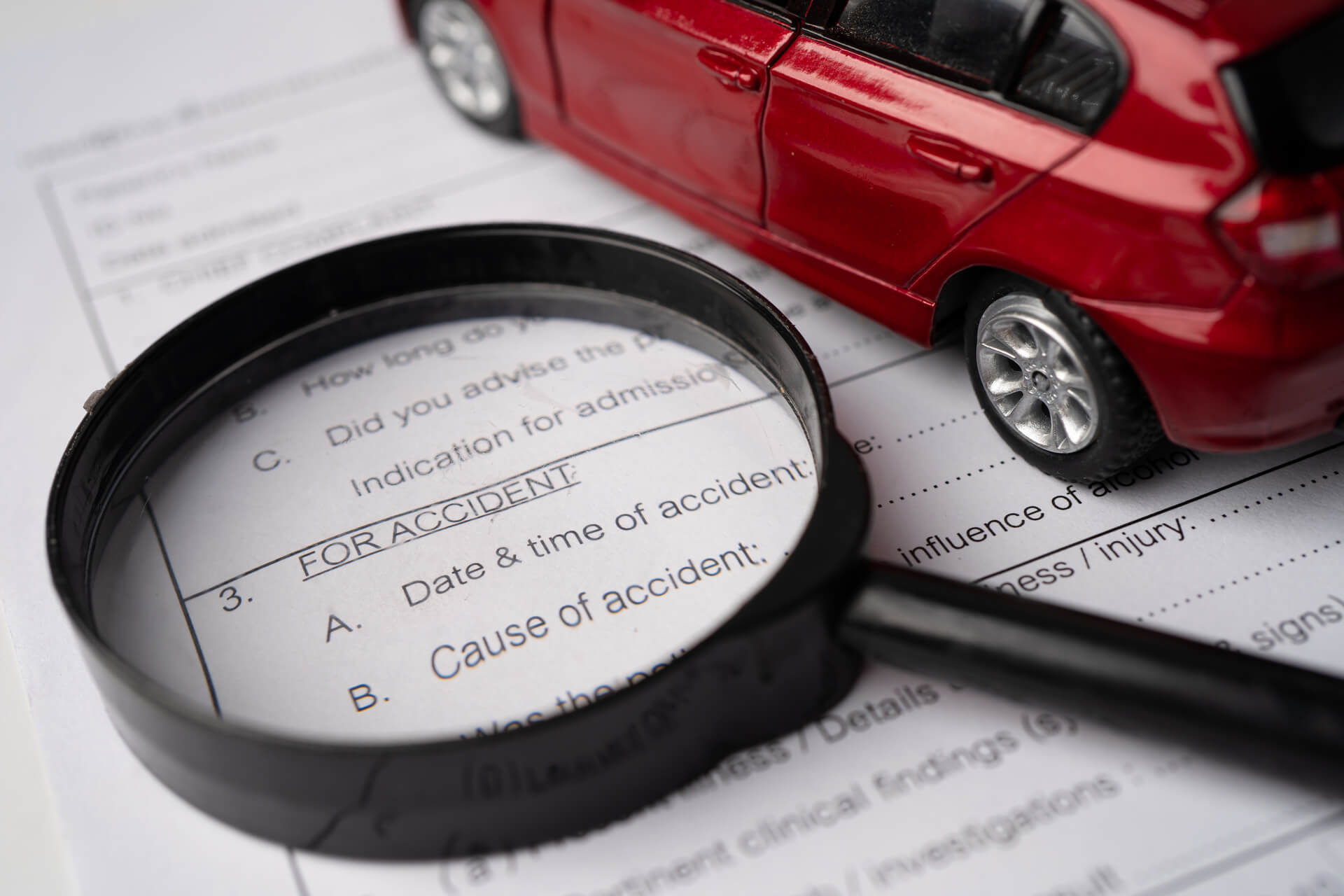
State Minimum Coverage vs. Recommended Coverage: What’s the Real Risk?

by Erin Anderson
When it comes to car insurance, the cheapest option is often tempting — especially if you're just trying to stay legal and on the road. That's where state minimum coverage comes in. Every state has its own requirements for how much insurance you must carry, and meeting that minimum can feel like checking a box.
But here's the big question: Is state minimum coverage enough to actually protect you — financially and legally — if something goes wrong?
Let's break it down.
What Does "State Minimum" Actually Cover?
State minimum coverage typically includes:
- Bodily injury liability (covers injuries you cause to others)
- Property damage liability (covers damage to other people's property)
That's it — and in many states, the limits are shockingly low. Some require as little as:
- $25,000 per person for injuries
- $50,000 total per accident
- $10,000 for property damage
Here's the problem: car accidents are expensive. Medical bills and vehicle repairs can easily exceed those numbers — fast.
The Real Risk: What Happens When You're Underinsured?
If your policy's limits aren't high enough to cover the full cost of an accident, you're on the hook for the rest. And we're not just talking about small bills.
Imagine this: You cause a multi-car accident on the highway. There's damage to several vehicles, someone goes to the hospital, and now you're facing $75,000+ in total costs. But your policy only covers $25,000 per person and $50,000 total.
Guess who's responsible for the rest? You — personally. That could mean wage garnishment, lawsuits, or draining your savings.
What Recommended Coverage Looks Like (And Why It Matters)
Experts typically recommend:
- 100/300/100 liability coverage ($100K per person, $300K per accident, $100K property damage)
And here's why:
- It gives you a real safety net if you're at fault in a serious accident
- It protects your assets (including future income)
- It often doesn't cost much more than minimum coverage
Plus, recommended policies usually include extra protections that minimum coverage skips:
- Uninsured/Underinsured motorist coverage
- Collision and comprehensive (to protect your car)
- Medical payments or personal injury protection
How Much More Does It Cost?
Here's the good news: The jump from minimum to recommended coverage is usually smaller than you think.
Depending on your state and driving history, upgrading your policy could cost just $10–$30 more per month. That's less than most streaming subscriptions — and it could save you tens of thousands in an accident.
Who Shouldn't Rely on Minimum Coverage?
- Anyone with savings, a home, or valuable assets — you risk losing them in a lawsuit
- Drivers in high-traffic areas — more chances for accidents = more financial exposure
- People who can't afford unexpected out-of-pocket costs — a cheap policy now could mean huge bills later
Minimum coverage might check the legal box, but it doesn't guarantee peace of mind.
The Bottom Line
Sure, minimum coverage keeps you legal — but it won't always keep you protected. If you're involved in a serious accident, bare-bones insurance can leave you facing massive out-of-pocket costs, legal trouble, and long-term financial damage.
The smart move? Take a few minutes to review your policy and see what's really covered. Better yet, get a quote for recommended coverage and compare the price. You might be surprised how affordable better protection can be.
👉 Looking for better coverage at a price that fits your budget? Get a personalized quote in minutes — and see how easy it is to upgrade your peace of mind.